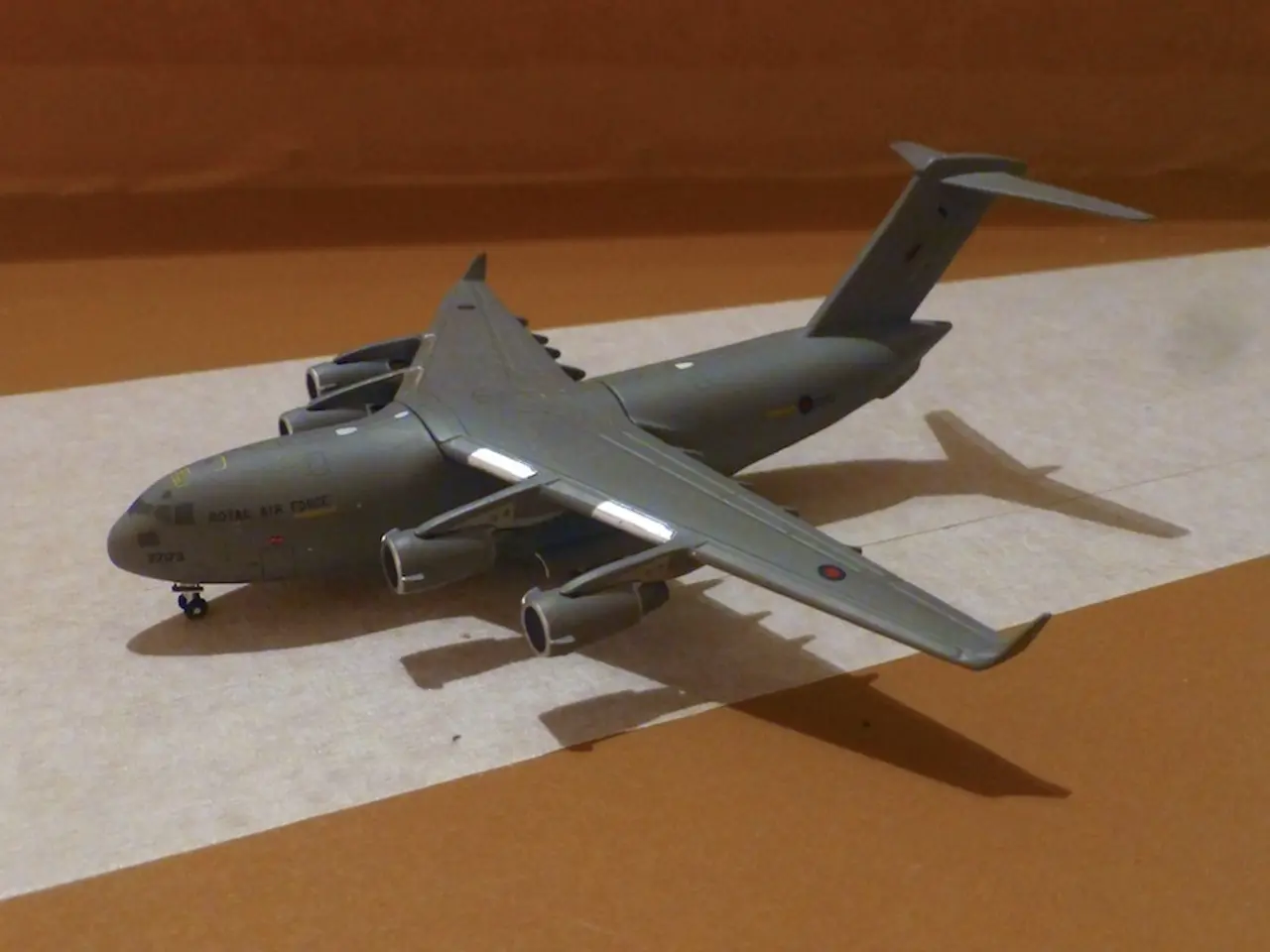Military financing for new external pylons on B-1 bombers, aimed at increasing payload capacity and hypersonic weapon testing.
The U.S. Air Force is moving forward with the External Heavy-Stores Pylon program for the B-1B bomber, aiming to enhance its missile carriage capacity, particularly for standoff and hypersonic weapons. The program, which is currently in development and testing phases, has received funding in the Fiscal Year 2026 budget cycle, with the Air Force requesting just over $50 million for this new start program.
The program builds on earlier initiatives such as the Hypersonic Integration Program, providing increased carriage capacity for standoff munitions. The goal is to expand the number of existing standoff missiles the B-1B can carry, allowing the bomber to launch more weapons per mission, including hypersonic missiles like AGM-158 JASSM and LRASM.
The new pylons will reopen six external hardpoints that were previously deactivated due to arms control treaties, each capable of carrying up to 5,000 pounds. This effectively increases the B-1B’s ability to carry a larger and more diverse set of weapons externally, increasing the bomber’s "volume of fires" or the number of shots it can fire per sortie.
The addition of the pylons could allow the B-1 to increase its current weapons payload capacity by 50%, capable of carrying two 2,000-pound weapons or one 5,000-pound weapon on each of the six pylons. For example, the B-1's loadout of JASSM or LRASM could increase from 24 missiles internally to 36 in a mix of internal and external hardpoints with the new pylons.
The program is partly to hedge against any delays in introducing the stealthy B-21 Raider bomber, by keeping the B-1B more relevant and lethal as a standoff bomber. The Air Force is also developing at least two air-launched hypersonic missiles: the AGM-183 Air-Launched Rapid Response Weapon (ARRW) and the Hypersonic Attack Cruise Missile (HACM). The LRASM can address an air-launch capability gap, providing flexible, long-range, advanced, anti-surface capability against high-threat maritime targets.
The External Heavy-Stores Pylon program is actively funded and advancing in 2025, enabling the B-1B to carry an expanded loadout of hypersonic and other standoff missiles by reactivating and modernizing external hardpoints, substantially boosting its strike capabilities in the near term before the B-21 Raider becomes fully operational.
- The Air Force's funding for the External Heavy-Stores Pylon program will facilitate the carriage of hypersonic weapons like the AGM-158 JASSM and LRASM on the B-1B bomber, enhancing its standoff capabilities.
- With the addition of new pylons, the B-1B's capacity to carry external weapons will increase by 50%, potentially allowing it to carry up to 36 missiles such as JASSM or LRASM in a mixture of internal and external hardpoints.
- As the External Heavy-Stores Pylon program progresses in 2025, the B-1B's strike capabilities will be substantially boosted, providing an interim solution for carrying a larger and more diverse set of missiles, including hypersonic ones, until the stealthy B-21 Raider becomes operational.




